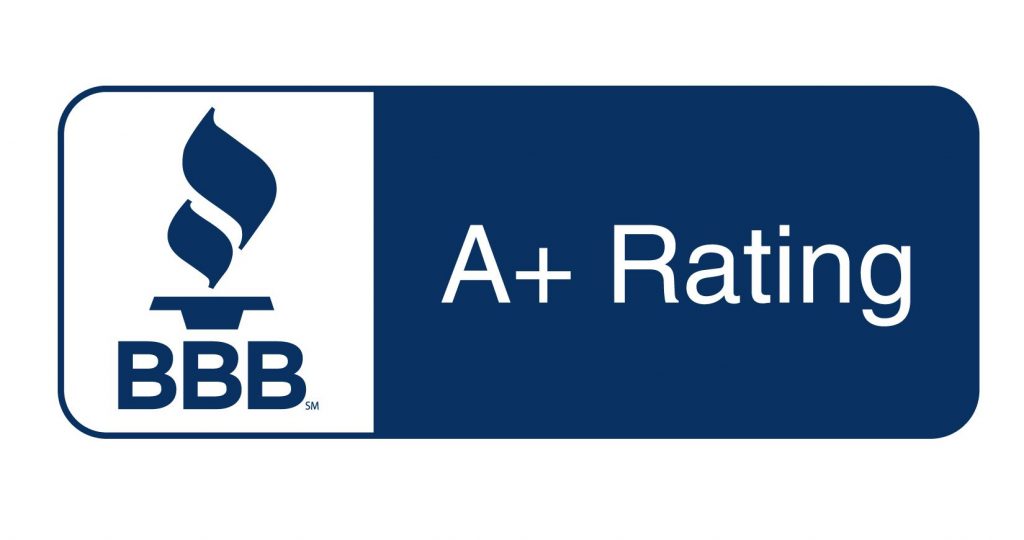Medicare Part D offers prescription drug coverage. Each Part D plan will vary in the coverage it provides, but all plans are required to cover at least two drugs from each category or class. Part D also covers vaccines and injections used to prevent illness.
If you sign up for a Part D plan that does not cover a prescription you need, you have options:
- Get in touch with your plan provider and ask why and if there are any exceptions.
- Pay for the prescription yourself, but ask your provider if this will count towards your out-of-pocket costs.
- Contact your doctor to see what alternatives may be available in your plan.
Part D Tiers Explained
Many Part D plans will also categorize the prescriptions they cover into tiers, which helps lower the overall cost of the prescription. When a prescription is placed in a lower tier, it’ll cost less than a drug in a higher tier.
Here is an example of what a Part D plans tier system may look like:
- Tier 1: Low Copayment, Covers Generic Prescription Drugs
- Generic drugs are the FDA-approved counterparts to brand-name drugs.
- Tier 2: Slightly Higher Copayment, Covers Brand Name, Preferred Drugs
- Preferred brand-name drugs are the options available when generic drugs are not available. They will cost more than generic drugs but cost less than non-preferred brand-name drugs.
- Tier 3: Higher Copayment, Covers Non-Preferred, Brand Name Drugs
- Non-preferred, brand name drugs are not included in the plan’s formulary and cost more than preferred brand name drugs as a result.
- Tier 4: Specialty Tier: Highest Copayment, Covers Very High-Cost Drugs
- Specialty drugs are best defined by the condition they treat rather than solely by cost and route of administration.
Medicare Part D Cost
The cost of a Part D plan depends on the provider and plan you choose. There are, however, payment types you should be aware of:
- Premium: This is a monthly fee that can be deducted directly from your social security benefits. If you are also covered by Medicare Part C, you will likely not have to pay this premium.
- Deductible: Some plans don’t have a deductible. Talk to your plan to determine the cost of this yearly deductible. As of 2022, annual deductibles are not allowed to be more than $480.
- Copayment/Coinsurance: Every drug you buy will likely have either a copayment (a set fee) or coinsurance (a percentage fee) depending on your plan provider and which tier your drug is listed in.
In Search of Medicare Part D Coverage? Contact Carolina Senior Benefits!
At Carolina Senior Benefits, our team of expert agents will work with you to provide the best Part D coverage at a price you can afford.
Are you interested in your coverage options and a free quote? Call us today!





